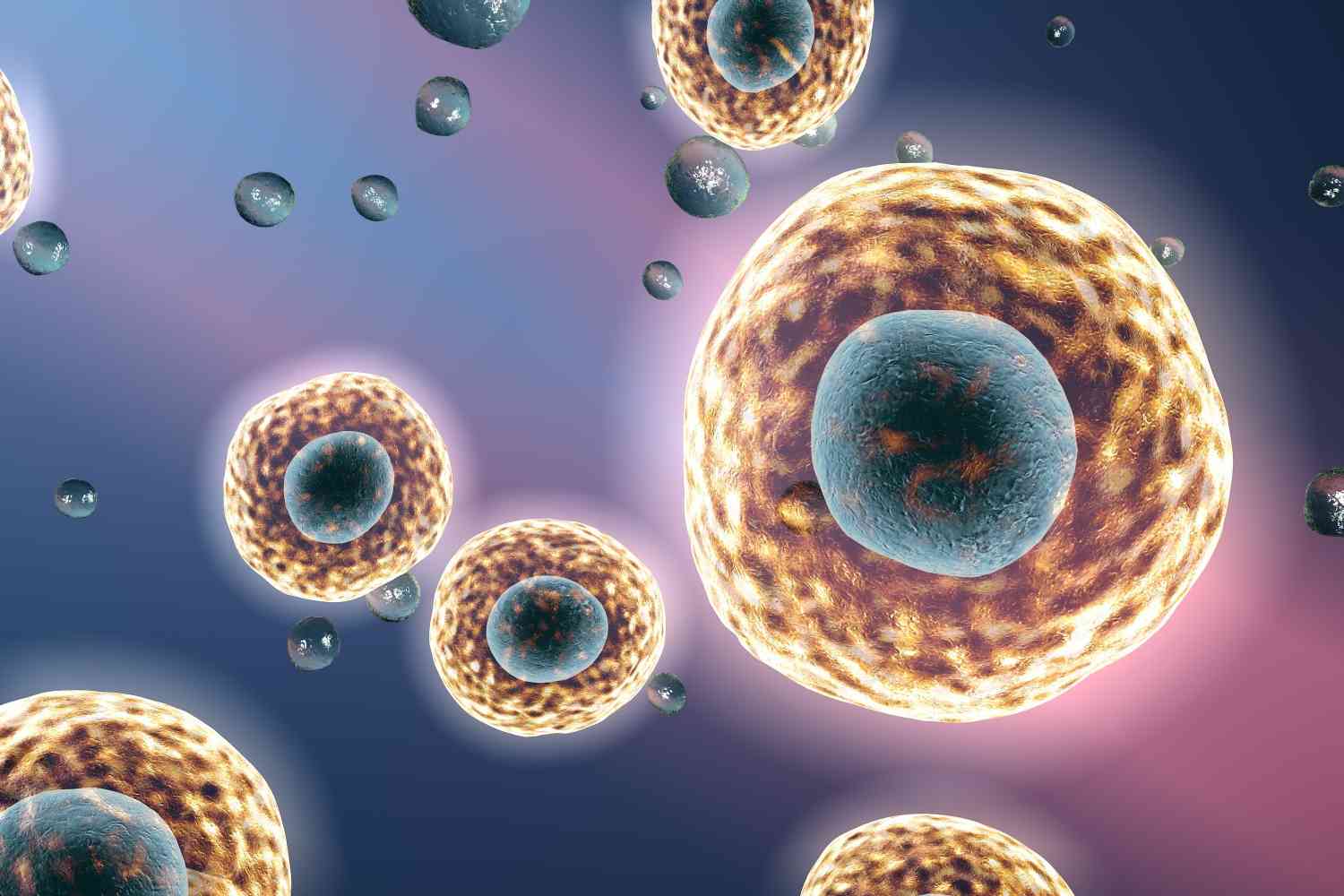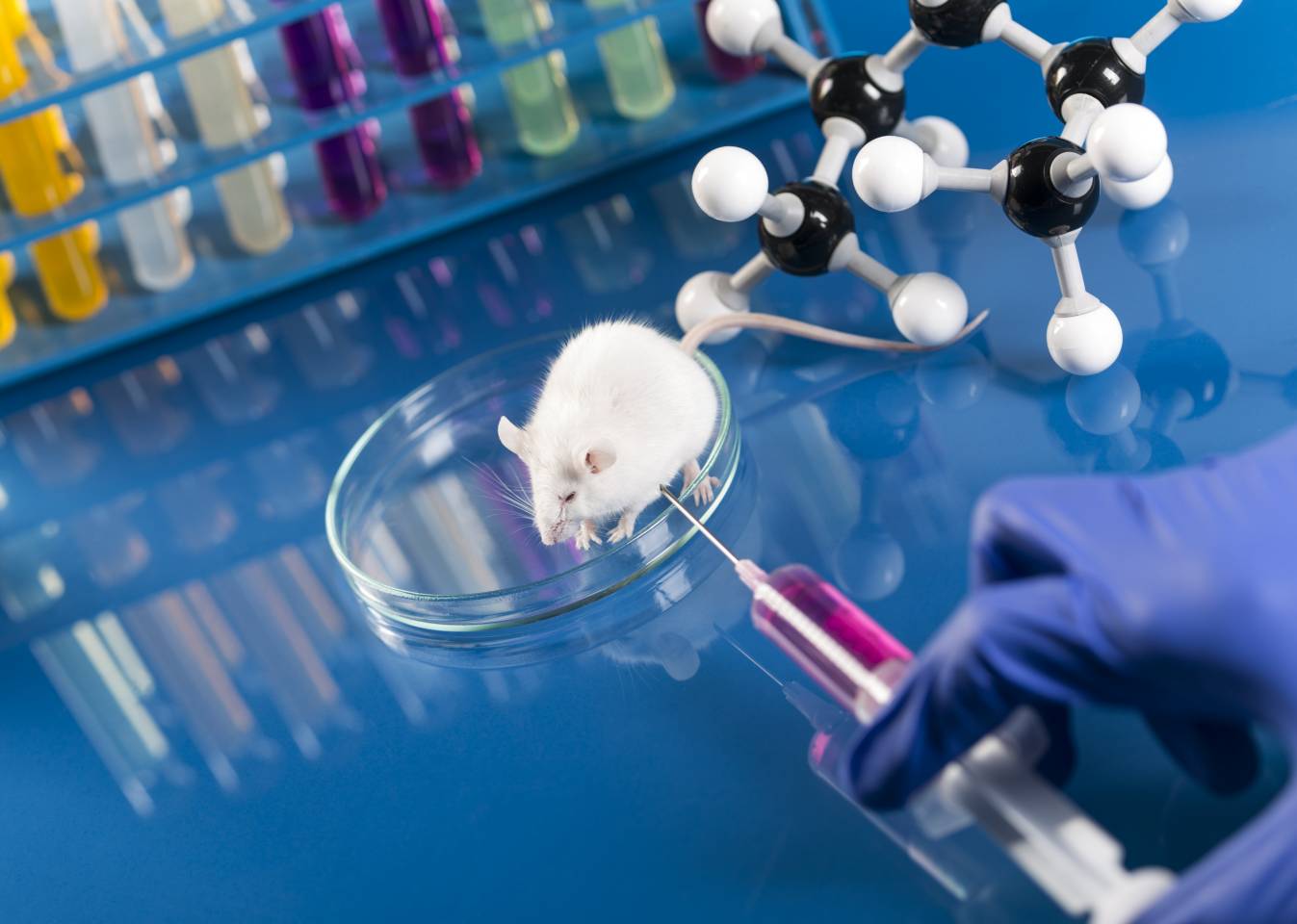Biologic drugs, comprising proteins, peptides, or other biologically produced molecules, may trigger the immune system's recoginition of them as foreign substances, potentially prompting an immune response. Immunogenicity assessment assesses the strength of this response by detecting the presence of natural antibodies.
The efficacy of a drug can be influenced by its immunogenicity. The immune response not only reduces drug's activity but also expedites its clearance from the body, thereby affecting its effectiveness. Immunogenicity may not only induce short-term side effects like inflammation but also impacting the patient's long-term health. Consequently, the immunogenicity of a biological drug profoundly influences its safety, ultimately determining its suitability for clinical use. A strong immune response can even be life-threatening, such as a severe allergic reaction.
Therefore, thorough study of the immunogenicity of biological drugs is paramount. Indeed, the immunogenicity of such drugs can dictate their clinical viability. Should a biological drug exhibit excessive immunogenicity, researchers may explore modifications to mitigate this issue, such as deleting the immunogenic epitope.
Modeling preclinical immunogenicity assessment is a crucial step. Researchers need to employ various models to examine factors such as tissue damage, immune response, drug toxicity, pharmacokinetics and pharmacodynamics, cross-reactivity, drug safety and tolerability, and long-term effects.
The two most commonly utilized models are the in vitro cell culture model and the animal model. The in vitro cell culture model generally employs human or animal-derived cell lines to evaluate immune responses at the cellular level. On the other hand, animal models are used to assess immune responses in vivo, often utilizing in laboratory animals such as mice, rats, and rabbits. Physiological, biochemical, pathological, and molecular biological techniques are used to evaluate side effects.
The in vitro cell culture model is a prevalent method for detecting immunogenicity. By cultivating cells under laboratory conditions, this model enables the observation and detection of various biological phenomena, including cell growth, differentiation, death, and changes related to inflammation, immune response, or disease. Several types of in vitro cell culture models, including:
These in vitro cell culture models facilitate the simulation and detection of immune responses in a controlled and actionable environment. Thy serve as a platform for testing different types of immune stimulation and their impact on the health and function of cells and tissues.
 Fig. 1 In Vitro Cell Culture Model
Fig. 1 In Vitro Cell Culture Model
The 3D tissue culture model, also known as the 3D-Culture model, is an experimental approach that mimics the in vivo environment. It more accurately reflects the cellular growth conditions within the body and has become increasingly prevalent in medical research in recent years. Various methods are commonly used to construct 3D tissue culture models:
When constructing a 3D cell culture model, researchers should choose the appropriate construction method based on their research purpose and experimental requirements. Moreover, given the complexity of three-dimensional culture models, adherence to standardized operating procedure during experimentation is essential to ensure the reliability of experimental results.
In immunogenicity evaluation, animal models serve as crucial tools for studying the body's immune response. In general, animal models can be divided into two categories: natural animal models and artificially induced animal models.
Such models are designed to simulate human body responses, facilitating the assessment of the immunogenicity of natural or artificial immunogens. They play a pivotal role in immunogenicity assessment. However, due to inherent physiological and biochemical differences between animals and humans, results from animal models can only serve as reference points, necessitating further confirmation through clinical trials to assess their effects on humans.
 Fig. 2 Mouse Animal Model
Fig. 2 Mouse Animal Model
The detection of animal models usually involves various techniques, including but not limited to:
Creative Biolabs is backed by an advisory board comprising seasoned professionals in animal modeling, immunology, preclinical research, drug toxicology, analytical chemistry, and immunologic analysis. With substantial experience garnered from diverse projects, Creative Biolabs has earned considerable recognition and praise from clients. In Creative Biolabs' SIAT® immunogenicity tests, data on lymphocyte infiltration in various tissue sites are compiled, shedding light on interactions between drug-induced tissue damage and immune responses.
All listed services and products are For Research Use Only. Do Not use in any diagnostic or therapeutic applications.